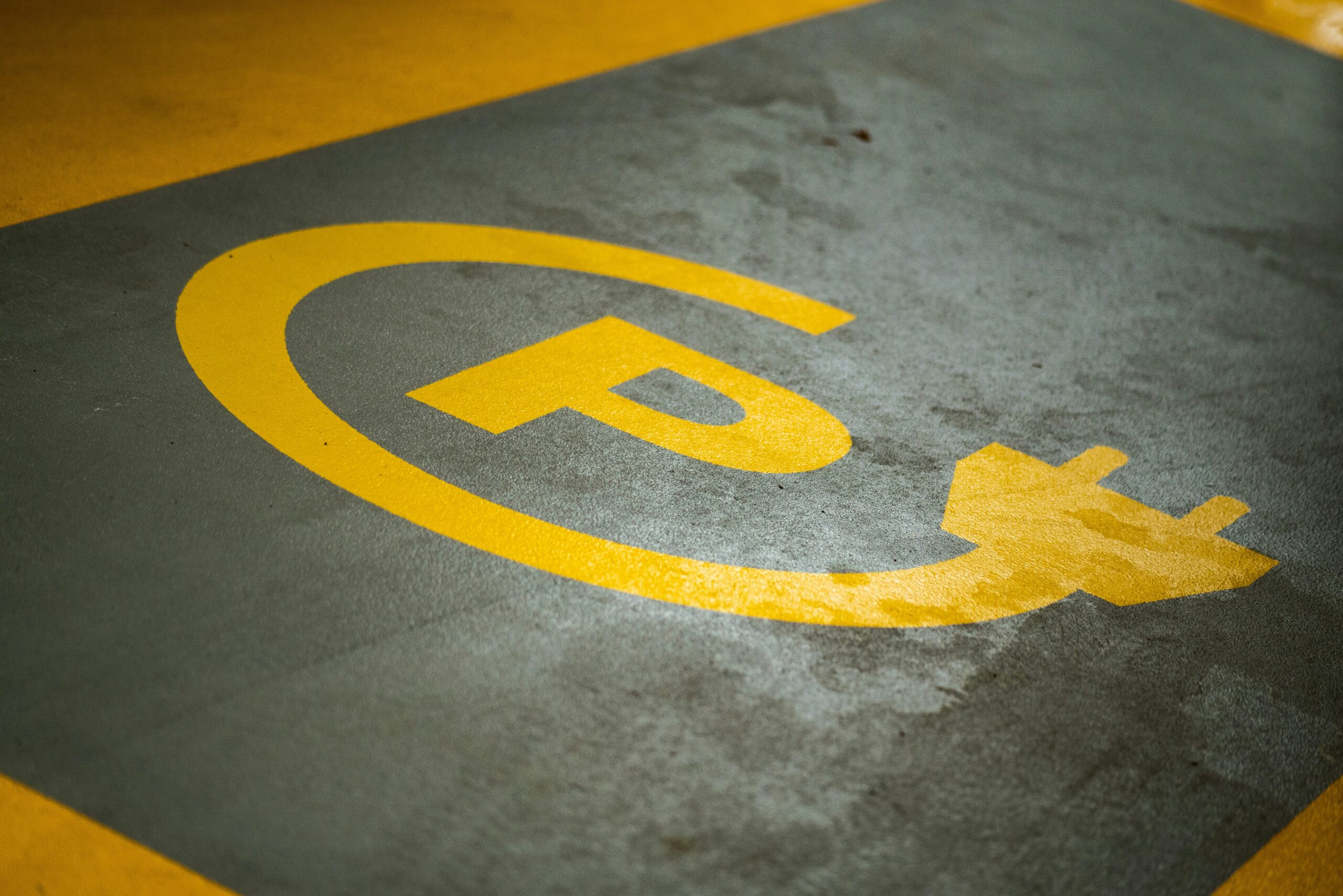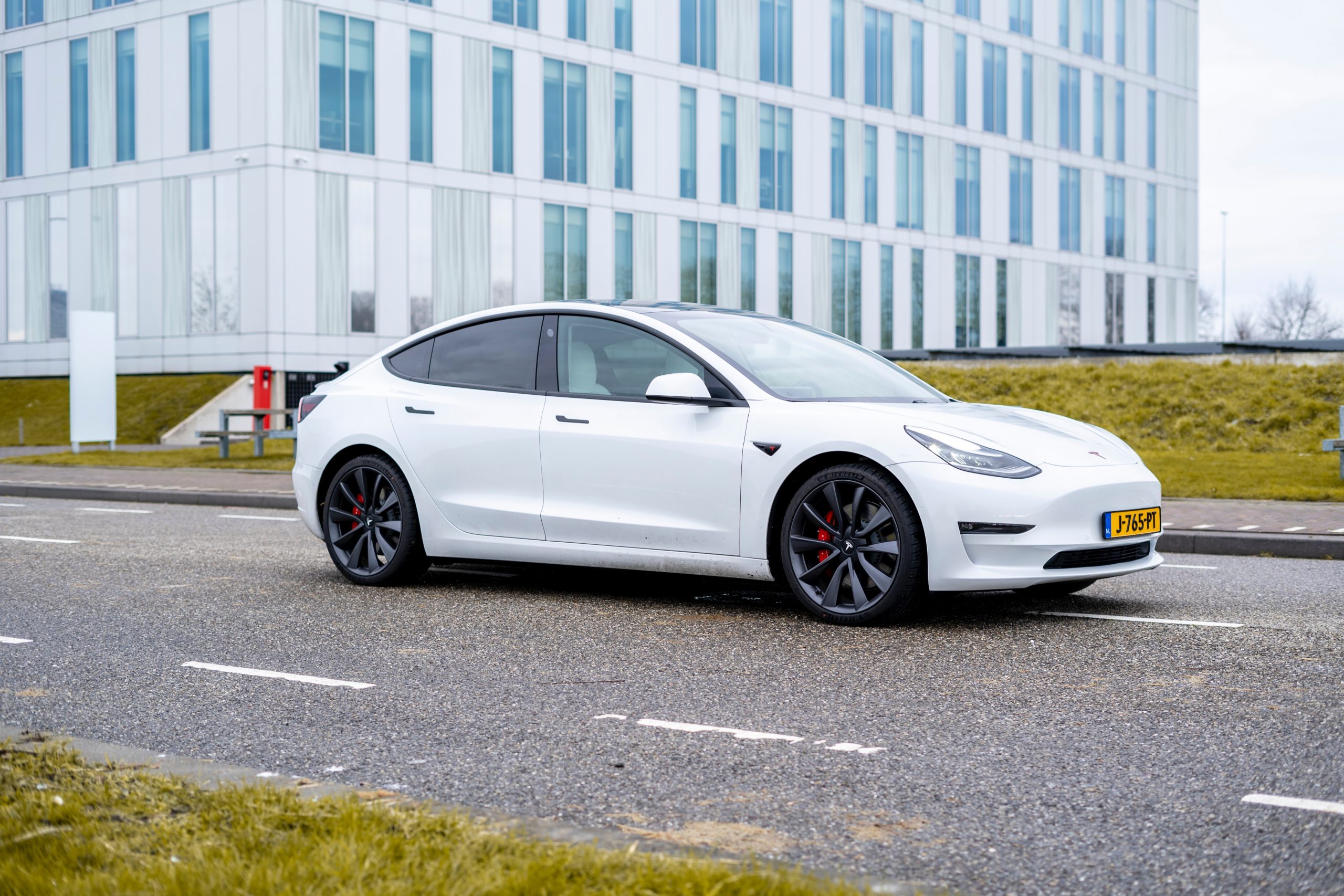The range of an electric vehicle (EV) is one of the most common questions for people looking into new and used EVs for sale. Some people fear being stranded on the side of the road or worry about range anxiety. Still, the question remains: which type of car has more range, gas or electric? The answer depends greatly on a number of factors like make, model, and trim. Let’s discuss!
Gas Powered Car Range Kings
One very popular vehicle in the United States is the Toyota Camry Hybrid. It has a 13 gallon tank and it gets 53mpg on the highway. This means it can travel a whopping 689 miles per tank. As far as range goes though, pickup trucks take the top 4 spots. Normally we don’t think of pickup trucks as very efficient vehicles (because they aren’t). But even with around 20mpg on the highway, pickups have room for very large gas tanks. The 2018 Ford F-150 had an available 36-gallon tank. That tank, could be paired with a 2.7 L eco-boost V6 engine (and rear wheel drive). This gives you a range of 936 miles on a single tank of gas.
One thing to note here is not how far but how long someone could drive using the above numbers. With 936 miles of range, driving at a constant 75mph, one could drive in the F-150 for approximately 12.5 hours without needing to stop for gas! Driving the Toyota listed above at 75mph, one could expect to drive for 9 hours before needing to stop for gas.
Electric Car Range Kings
When driving an EV the range figures are quite different. Today, there are many options to chose from. A new Nissan Leaf, with the smallest battery pack, has an estimated EPA range of 150 miles per charge. It is important to note that this is a combined figure however. Even if the Leaf could go 150 miles on the highway, it would only last about 2 hours.
The highest range EVs do better, but they still are only approaching the halfway point for the highest gas-powered vehicle’s range. The current range king in the EV world is the Lucid Air. This car has an EPA estimated 520 miles on a single charge. The next closest model is the Tesla Model S with an EPA estimated 405 miles of range. Again these figures use combined figures (city and highway). Even if we assume that the Lucid can get 520 miles on the highway that means that one could go almost 7 hours before needing to stop. For the Model S then, someone could drive for 5 and a half hours before needing to charge.
Do You Really Need 900 Miles of Range?
Clearly, at present, gas cars have more range. The range figure of each type of vehicle is not the entire story, however. As mentioned above driving for 12 hours straight would pose its challenges. Beyond your back or butt getting sore from sitting so long, it may be important to remember that most of the time, most Americans are not taking cross-country road trips that require such long stays in the car.
After all, on average, most Americans drive about 35 miles per day. There may be several gas stations in each city in America. This means gas cars are easier to refuel. However, one of the huge advantages to owning an EV is the ability to charge it up as far as you need it on a daily basis (including the ability to do this at home). This completely removes the step of having to make a special trip to the gas station.
You can get electricity basically everywhere in the US as well. It just depends on how fast you need to charge your car. For most Americans, most of the time, a car with between 150 and 300 miles will cover their daily driving needs several times over. For some Americans, if considering an EV, something with at least 300 miles on a charge may be more suitable to their needs. This may be especially true if that person lives in a rural area or does a lot of long trips. It all depends on where you live and what your driving needs are.
What Affects the Range of a Vehicle?
For both EVs and gas-powered cars, there are several factors that may affect the range. Generally speaking, small things like the size of the car’s wheels will affect the range of an EV more than it will a gas car. However, just like an EV, big rims on a gas car equals less (although not as much) range. The difference here is that, because EVs have significant weight, little things can affect their range in drastic ways. For example, a Tesla Model S with 19-inch rims could get about 350 miles of range and the same car with 21-inch rims could get around 320 miles.
Cold is another thing that can affect the range of both types of cars. For a lot of people, when it is cold out, they often go out and start their gas-powered car in order for it to warm up. This uses fuel and will reduce the overall range of the vehicle. For an EV, the cold effects the battery pack in a way that reduces range as well. Unless the car is preconditioned at your home, the battery will have to use some of its own electricity to either warm itself up, or stay warm during driving.
Furthermore, if an EV sits (at your workplace for example) all day and is not plugged in it will experience “phantom drain.” Phantom drain is when you leave the car with a certain percentage and you come back and, even though the car has not moved, it has lost some of its charge.
The last thing to consider is that the EPA estimates listed above for gas-powered cars are based on the EPA’s testing, which is done under ideal conditions. It is very difficult to reproduce those numbers when driving either an EV or a gas-powered car. The faster you drive your car, the more fuel is needed (no matter the type of car). Also, if the vehicle is loaded with people or many heavy items (or both) the range of either type of vehicle is affected. Granted, the gas-powered car is affected proportionally less, but both vehicles will see range loss.
Taking Road Trips
Many factors go into how far you can drive a vehicle. Whether it’s cold out, if you drive fast, if you’re driving over the Rocky Mountains, or even if you are towing, the results will vary. However, consider that most people only drive about 35 miles per day. That means for most people, most of the time, an EV has more than enough range to cover their daily needs. If you live in a rural area and/or you need to drive a couple hundred miles per day then only certain EVs will cover your daily needs.
If you take frequent and long road trips, you may consider not getting an EV. It is not that something like a Tesla Model Y does not have the range for a road trip. But taking such a car will add time to your road trip. This has to do with the dynamics of charging an EV. As the battery charges up the charge rate slows down. This is so that you don’t damage your battery. Because of this it can take as much as 40 minutes to charge up to a useable level (depending on many factors). There are times when it only takes 15 minutes, but that variability leads to the next point.
EV road tripping takes more planning than driving in a gas powered-powered car. In a gas powered car, you drive until near empty, pull off the highway, fill up and you’re on your way again. EV charging is getting better every day, but charging stations are not as plentiful. This means an app like Plugshare is helpful to find charging stations along your route. Some EVs (Tesla, Ford, and others) help with this by equipping their cars with navigation on long trips that takes you to charging stations along the route.
This may sound like a hassle, but consider that you can drive for between 3 and 4 hours (or 7 in a Lucid) before needing to charge. If you can sit for that long then you may be ok. But for many people you may start to get sore after the second or third leg. Many people work things into a charging session. This includes getting out to stretch, go to the bathroom, and get a snack or meal. This reduces or eliminates the time you spend waiting for the car to charge.
Towing Considerations
If you find yourself taking frequent trips that involve towing, then comparing EVs and gas-powered cars for more range is likely important to you. Towing with EVs can be done in a pickup truck like the Rivian R1T or Ford F-150 Lightning. When towing, these electric vehicles can lose as much as 50% of their range. That may sound like a lot, but a gas-powered pickup loses about the same amount.
The issue, in that case, is the way you refuel. Not only does a gas powered pickup have more range, but gas stations are easier to find at the moment. It also takes less time to fill up, and is easier to do. It is easier because every gas station has enough room for a pickup to pull right up to the station. And you don’t have to unhook the trailer. This is not always the case at EV charging stations.
In summary, certain gas powered cars still offer more range than their electric car counterparts. That said, the right type of car depends on your specific needs, driving habits, and a number of other factors. For most people, most of the time, an EV has plenty of range for your daily needs.



